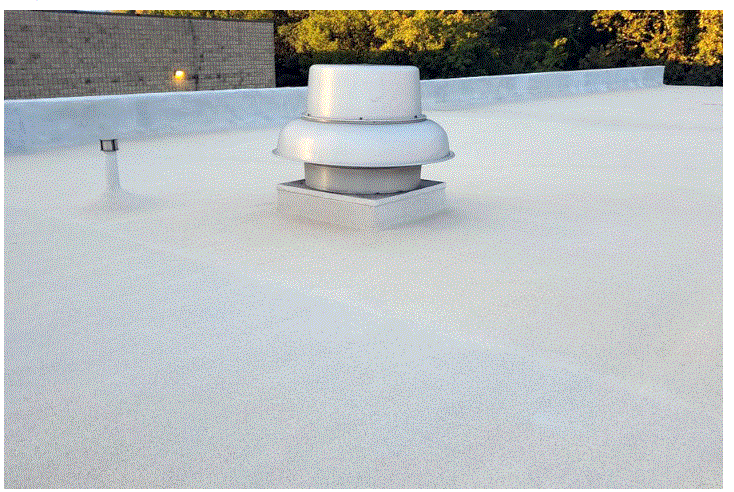Aluminum anodes are widely used in various applications to protect against corrosion. They are often utilized in marine environments, pipelines, and other structures where corrosion resistance is critical. Testing the effectiveness of aluminum anodes is crucial to ensure they are performing their intended function efficiently. This guide outlines the key steps and methods to assess the performance of aluminum anodes.
Understanding the Role of Aluminum Anodes
Aluminum anodes function by providing a sacrificial layer of metal that corrodes instead of the protected structure. When properly installed, aluminum anodes can significantly prolong the lifespan of metal structures exposed to corrosive environments. The effectiveness of these anodes depends on various factors, including their material composition, placement, and environmental conditions.
1. Visual Inspection
The first step in testing the effectiveness of aluminum anodes is to perform a visual inspection. This method involves examining the anodes for signs of deterioration or damage. Look for:
Corrosion Patterns: Check for uneven corrosion or pitting on the anode surface. An effective anode should show uniform wear.
Physical Damage: Inspect for cracks, deformations, or other physical damage that might affect the anode’s performance.
Installation Issues: Ensure that the anodes are securely mounted and properly aligned with the protected structure.
2. Measuring Potential Differences
Another common method to test the effectiveness of aluminum anodes is to measure the potential difference between the anode and the structure it is protecting. This can be done using a reference electrode and a voltmeter.
Setup: Place the reference electrode in the same electrolyte as the anode, and connect the voltmeter to the anode and the reference electrode.
Measurement: Record the potential difference. A higher negative potential indicates effective cathodic protection. If the potential difference is too low, the anode may not be providing adequate protection.
3. Assessing Anode Consumption
Aluminum anodes are designed to corrode over time. Measuring the extent of this consumption helps in assessing their effectiveness.
Weight Measurement: Periodically weigh the anodes to determine the rate of consumption. A significant decrease in weight can indicate that the anodes are working effectively.
Remaining Life Calculation: Use the consumption rate to estimate the remaining life of the anodes. Compare this with the expected lifespan to evaluate performance.
4. Conducting Electrochemical Tests
Electrochemical tests provide detailed information about the performance of aluminum anodes. Two common tests are:
Polarization Resistance Test: This test measures the anode’s resistance to polarization, which can indicate its effectiveness in protecting the structure. A lower resistance suggests effective anode performance.
Impedance Spectroscopy: This technique assesses the anode’s impedance over a range of frequencies, providing insights into its overall condition and effectiveness.
5. Checking the Environment
The effectiveness of aluminum anodes can be influenced by the environmental conditions. Factors such as temperature, salinity, and pH levels can affect the performance of the anodes.
Temperature: Ensure that the temperature of the environment is within the recommended range for aluminum anodes.
Salinity: For marine applications, monitor the salinity levels. Anodes may perform differently in varying salinity conditions.
pH Levels: Maintain appropriate pH levels in the electrolyte to optimize anode performance.
6. Reviewing Anode Specifications
Compare the actual performance of the anodes with their manufacturer specifications. Ensure that the anodes meet the required standards for size, weight, and material composition.
Conclusion
Testing the effectiveness of aluminum anodes involves a combination of visual inspections, potential difference measurements, consumption assessments, electrochemical tests, environmental checks, and specification reviews. Regular monitoring and testing are essential to ensure that aluminum anodes continue to provide effective Corrosion Protection. By following these steps, you can ensure the longevity and reliability of your corrosion protection systems.



